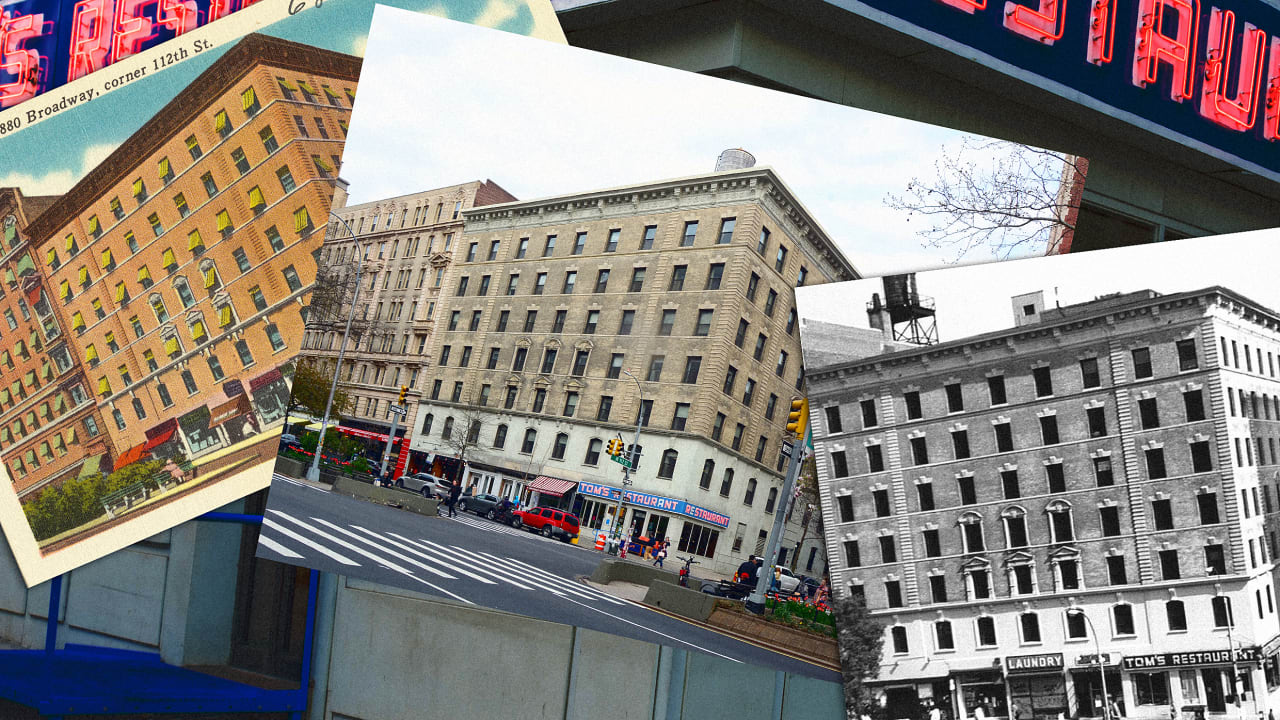The Importance of Insulation Removal in Home Renovation Projects
This article provides a comprehensive overview of why insulation removal matters, the benefits it brings to your renovation goals, and the key factors to consider before starting the process.
Removing old insulation is a critical step in any serious home renovation. Outdated, damaged, or contaminated insulation can compromise indoor air quality, energy efficiency, and the overall success of renovation work. If ignored, lingering materials can hide structural damage or become a breeding ground for mold and pests.
Homeowners planning upgrades—especially in attics, crawl spaces, or walls—must begin by clearing out existing insulation. This article provides a comprehensive overview of why insulation removal matters, the benefits it brings to your renovation goals, and the key factors to consider before starting the process.
Why Insulation Removal Matters in Renovation
Old insulation loses effectiveness over time. Moisture, pests, and general wear reduce its R-value (resistance to heat flow), meaning it no longer regulates temperature properly. When this degraded material is left in place during renovations, it interferes with the installation of new systems—like wiring, HVAC upgrades, or fresh insulation.
Key benefits of insulation removal:
- Prevents contamination from mold, rodent droppings, or allergens
- Improves indoor air quality during and after renovation
- Allows accurate inspection of the home’s structure
- Optimizes the performance of new insulation or energy upgrades
- Meets updated building codes and energy standards
.jpg)
Main Causes of Insulation Deterioration
Age and settling
Fiberglass, cellulose, and other insulation types compress or shift over time, creating thermal gaps and reducing efficiency.
Moisture intrusion
Leaks from roofs or plumbing often soak insulation, turning it into a mold-prone, ineffective layer.
Pest infestation
Rodents and insects nest in insulation, contaminating it with waste and destroying its structure.
Smoke or fire damage
Insulation exposed to fire residues must be fully removed, even if not visibly charred.
Renovation access
Projects involving electrical, plumbing, or structural changes often require insulation removal to gain safe access.
Comparison Table of Old vs New Insulation After Renovation
|
Feature |
Old Insulation (Pre-Renovation) |
New Insulation (Post-Renovation) |
|
R-Value (Thermal Resistance) |
Decreased over time |
At-rated, full efficiency |
|
Moisture & Mold Resistance |
Often compromised |
High-performing, sealed options |
|
Code Compliance |
May not meet modern standards |
Meets updated codes and specs |
|
Contaminants Present |
Likely (rodents, allergens) |
Clean and safe |
|
Air Sealing Compatibility |
Poor |
Excellent with vapor barriers |
Bonus Tip: Always document and photograph insulation conditions during removal. This provides a clear record for inspectors and insurance purposes.
Technical Specifications Table for Common Insulation Types
|
Insulation Type |
Typical Lifespan |
R-Value per Inch |
Susceptibility to Mold |
Pest Attraction |
Removal Complexity |
|
Fiberglass Batts |
15–20 years |
R-2.9 to R-3.8 |
Medium |
Medium |
Low |
|
Blown-In Fiberglass |
20–30 years |
R-2.2 to R-2.7 |
Low |
Low |
Medium |
|
Cellulose (Loose-Fill) |
15–20 years |
R-3.2 to R-3.8 |
High (holds moisture) |
High |
Medium–High |
|
Spray Foam |
25+ years |
R-5.0 to R-6.5 |
Low |
Very Low |
High |

Renovation Scenarios That Require Insulation Removal
- Attic renovations: Upgrading ventilation or roof structure
- Wall remodeling: Electrical rewiring or plumbing replacements
- Crawl space encapsulation: Mold mitigation or vapor barrier installation
- Post-fire or water damage restoration
- Energy efficiency retrofits with updated insulation types
Bonus Tip: Insulation removal is an opportunity to install air sealing measures (e.g., caulking, spray foam gaps) before new insulation goes in.
Market Insight and Data Points
According to the U.S. Department of Energy, homes lose about 25% of heating energy through attics when insulation is outdated or insufficient. Removing and replacing aged insulation can cut overall energy bills by 15%–20% annually when paired with sealing upgrades.
In 2023, home renovation projects involving energy upgrades increased by over 18% year-over-year, with attic insulation replacement being one of the top three upgrades completed.
Things to Consider Before Making a Decision
Before removing insulation, assess these important factors:
- Health risks: Disturbed materials may release dust, allergens, or asbestos (in older homes).
- Structural visibility: Removal gives clear access to wood framing and joists—ideal for detecting rot or termites.
- Cost and labor: Insulation removal can range from $1 to $2 per square foot depending on material and accessibility.
- Disposal regulations: Some materials require specific disposal methods due to hazardous contaminants.
- Timing: Schedule removal before other renovation phases like rewiring, ductwork, or sheetrocking.
Bonus Tip: Always test for asbestos in homes built before 1980 before beginning any removal.
Common Questions About Insulation Removal
Why not just add new insulation on top of the old?
Layering over damaged or moldy insulation traps moisture and contaminants, worsening air quality and reducing effectiveness.
Can I remove insulation myself?
DIY is possible for small jobs, but professional removal is safer and more efficient—especially for large attics or contaminated material.
How do I know if my insulation is too old?
Signs include uneven indoor temperatures, high energy bills, visible dust or pest debris, and insulation that looks flattened or discolored.
Does removal require a permit?
Generally not, but some municipalities require permits if removal is part of a larger structural or HVAC renovation.
What equipment is used in insulation removal?
Professionals use high-powered vacuums, protective gear, sealed bags for disposal, and sometimes negative air machines for dust control.
Topic FAQ
Is insulation removal always necessary during home renovations?
Not always, but it is essential when insulation is contaminated, blocking access, or incompatible with new systems.
How long does insulation removal take?
It depends on the area and type—most attic jobs take 1–2 days, but wall or crawl space jobs may vary.
Does old insulation have any resale or reuse value?
No. Once disturbed, most insulation materials lose their shape and performance and are not reusable.
What happens if I skip removal?
You risk trapping contaminants, hiding damage, or reducing the impact of your renovation upgrades.
Can insulation removal improve indoor air quality?
Yes. Removing insulation contaminated with allergens or rodent waste can significantly improve air health inside the home.
Make the Right Decision
Removing old insulation is not just a cleanup task—it’s a critical phase in modern, efficient home renovation. It clears the way for healthier living conditions, long-term energy savings, and accurate structural upgrades. Skipping it often leads to complications that could be avoided with proper preparation. Before you begin your next project, assess the condition of your current insulation, the scope of your renovation, and consult with professionals if needed. Insulation removal, when done right, sets the foundation for a more resilient and efficient home.
Author and Reviewer:
Author: With 15 years of banking experience and five years managing H&R Foam Insulation, Edith is passionate about building strong relationships with customers. Her favorite part of the role is connecting with clients and ensuring their needs are met as she works alongside them to improve the health, comfort, and energy efficiency of their homes.
Reviewer: With 7 years in the spray foam insulation business, Ella Adams offered useful feedback on this post, helping make sure the tips were both realistic and easy to apply.




























































































































![Are AI Chatbots Replacing Search Engines? AI vs Google [New Research]](https://www.orbitmedia.com/wp-content/uploads/2025/05/How-often-are-we-using-AI-chatbots_.webp)


































